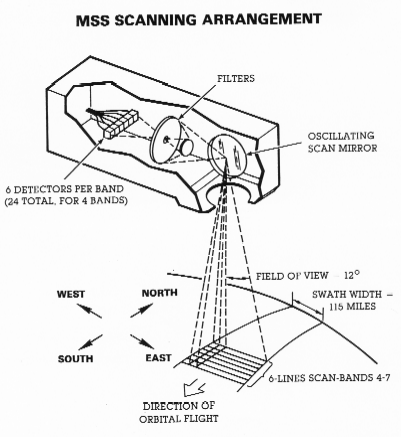this post was submitted on 10 Aug 2023
300 points (99.7% liked)
Cassette Futurism
3464 readers
1 users here now
Welcome to Cassette Futurism Lemmy and Mbin Community.
A place to share and discuss Cassette Futurism: media where the technology closely matches the computers and technology of the 70s and 80s.
Whether it's bright colors and geometric shapes, the tendency towards stark plainness, or the the lack of powerful computers and cell phones, Cassette Futurism includes: Cassettes, ROM chips, CRT displays, computers reminiscent of microcomputers like the Commodore 64, freestanding hi-fi systems, small LCD displays, and other analog technologies.
See this blog to know more.
Rules
-
- Post must be related to Cassette Futurism.
-
- If you want to repost atleast wait 3 months.
-
- No AI or permabanned.
founded 2 years ago
MODERATORS

